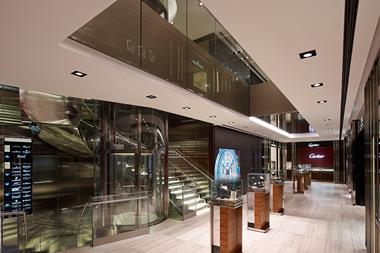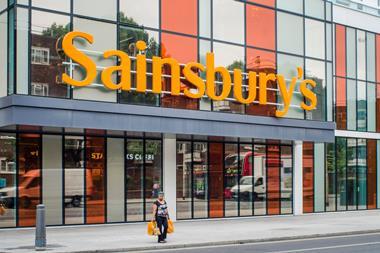With the Christmas battle for spend over how can observers tell who performed best? Are like-for-likes the ideal measure or are they just part of a bigger picture?
Why talk about this now?
As retailers post Christmas trading updates and observers pounce to assess performance during this tough time, like-for-likes are usually the go-to figures for comparison.
Traditionally a measure of how sales have done at stores open for at least a year, the idea was developed in the 1980s to provide investors with insight into the underlying performance of a business, which may not be reflected in total sales figures.
However, the ways in which retailers measure like-for-likes is inconsistent and some in the industry think too much emphasis is placed on the figures when the real issue is profitability.
What are the limitations?
There are various problems. The differing periods for which retailers report means that comparisons across the industry or particular sectors can be difficult.
Sometimes the performance of stores that have been extended will be included in a like-for-like comparison, which critics say can make the figures artificial. Similarly, online sales may be included.
“Like-for-like sale are very subjective and it very much depends on how that retailer classifies a store,” says Verdict lead retail analyst Sarah Peters. “With so many changes to retailers’ store portfolios, it can be difficult to gauge an accurate picture.”
What is the fairest way of measuring like-for-like performance?
The issue probably boils down to one of clarity. Panmure Gordon analyst Philip Dorgan says: “I have no problem with retailers differing on reporting like-for-likes, as long as they make it clear how they have been calculated.”
Independent retail analyst Nick Bubb believes online sales should be reported separately for clarity but adds: “It seems reasonable to include online sales in this multi-channel age, where click-and-collect has blurred the boundaries.”
So are like-for-likes an accurate measure of performance?
Like-for-likes look as if they are here to stay and still hold enough weight to provide a picture, but not the full one. This comes when the real numbers such as pre-tax profit, revenues and gross margin are posted.
Dorgan says: “In the long run, you still need to look at cash profits to get a clear picture of how well a retailer is trading. Some retailers may be reporting like-for-likes and high sales at the moment but with the discounting they have been doing over the Christmas period, pre-tax profits will show the real results.”


























1 Reader's comment